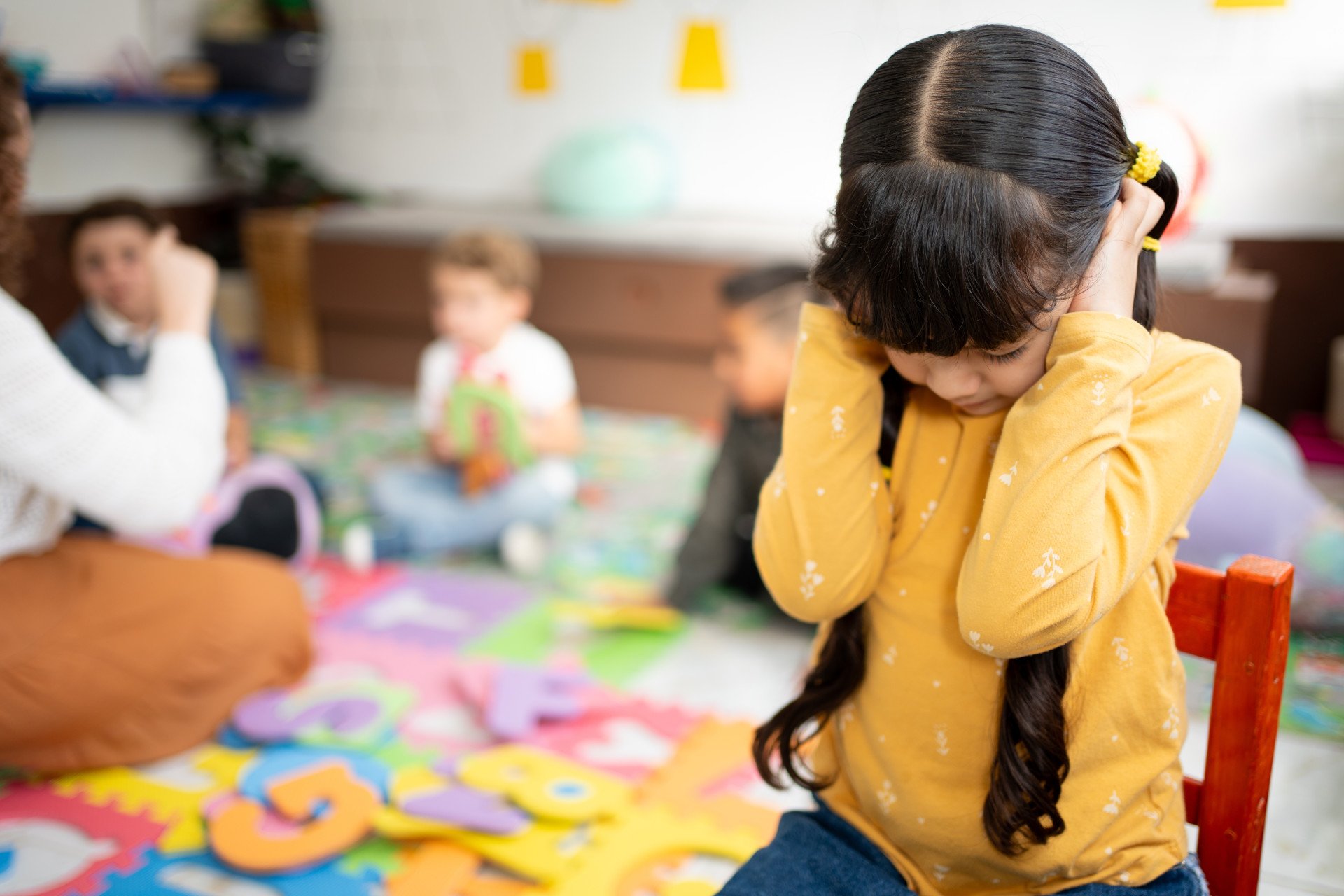Imagine a classroom where one child immediately senses when the teacher is stressed or a peer is quietly upset.
While others keep working, this child seems to absorb the emotional climate.
For years, parents and teachers have described such children as “sensitive” – but what does science say about their social skills?
A new study of British schoolchildren explored whether being highly sensitive helps kids recognize emotions more accurately, and whether this skill translates into stronger social competence.

Key Points
- Children rated as highly sensitive by teachers scored higher on emotion recognition tests.
- Sensitivity predicted stronger social competence, while overstimulation sometimes hindered it.
- Child self-ratings of sensitivity didn’t match teacher reports, showing the challenge of self-assessment at age 7–9.
- Findings highlight sensitivity as both a potential strength and vulnerability in child development.
Testing Sensitivity in the Real World
Researchers assessed 97 children aged 7–9 in London schools. Teachers filled out a structured questionnaire about each child’s sensitivity, focusing on traits like depth of feeling and noticing subtle cues.
Children also completed a self-report version of the Highly Sensitive Child scale, though its reliability was lower in this age group.
To measure emotion recognition, children completed the Reading the Mind in the Eyes Test (child version).
This task shows only the eye region of faces and asks children to choose which word best matches the person’s emotional state.
Teachers also rated the children’s social competence, covering skills such as empathy, sharing, and emotional regulation.
The Emotional Edge of Sensitive Children
The results were striking.
Children rated as more sensitive by teachers performed better on the emotion recognition test, correctly identifying more subtle facial expressions.
They were also judged to be more socially competent, suggesting that sensitivity may support smoother peer interactions.
Interestingly, children’s own ratings of their sensitivity didn’t line up with either their test performance or teacher reports.
At age 7–9, it may simply be difficult for children to judge their own inner traits with accuracy.
Overstimulation – the tendency to feel overwhelmed by noise, crowds, or pressure – told a different story. It was linked to lower social competence, though it did not impair emotion recognition.
Sensitivity, then, appears to have two sides: an ability to perceive nuance, and a vulnerability to being overwhelmed.
Why Reading Faces Matters
Being able to detect emotions in others is like having a social compass.
It helps children know when to comfort a friend, when to back off, and when to cooperate.
Decades of research show that children who accurately read emotions are more likely to build strong friendships, regulate their own feelings, and avoid behavioral problems.
For sensitive children, heightened awareness may give them an early advantage.
But the flip side is that noticing too much – especially in stressful environments – can become draining, leading to social withdrawal or anxiety.
Strength and Strain in the Same Trait
This dual nature of sensitivity echoes what psychologists call differential susceptibility. Some children are more affected by both good and bad environments.
For a sensitive child in a warm, supportive classroom, tuning in to others’ emotions can boost empathy and cooperation.
In a chaotic or harsh environment, the same awareness may heighten stress and overstimulation.
The researchers caution that their findings come from a small, relatively homogenous group of schools. Replication in more diverse settings will help confirm how generalizable the effects are.
Still, the study marks the first clear evidence that children’s sensitivity links to both emotion recognition and social competence.
Why It Matters
For parents, teachers, and clinicians, the message is clear: sensitivity isn’t simply a weakness to be “toughened out of a child.”
Instead, it’s a trait with potential benefits that flourish under the right conditions.
- For parents: If your child notices every detail and feels things deeply, this may be a social strength, not just a challenge. Gentle guidance on managing overstimulation—quiet breaks, predictable routines—can help balance the load.
- For teachers: Sensitive children may pick up on classroom tension or peer dynamics faster than others. Recognizing their perceptiveness and supporting them in busy environments can unlock social leadership and empathy.
- For clinicians: Sensitivity could be an important factor to consider when assessing children’s social skills and emotional wellbeing, especially for those prone to anxiety or shyness.
In the bigger picture, this research underscores how children differ not just in ability, but in how they experience the world. For some, the volume on emotional cues is simply turned up higher.
With the right support, that heightened awareness can help them connect, empathize, and thrive.
Reference
Kähkönen, J. E., Lionetti, F., & Pluess, M. (2025). Environmental sensitivity in children is associated with emotion recognition. Emotion, 25(7), 1764 1773. https://doi.org/10.1037/emo0001524


